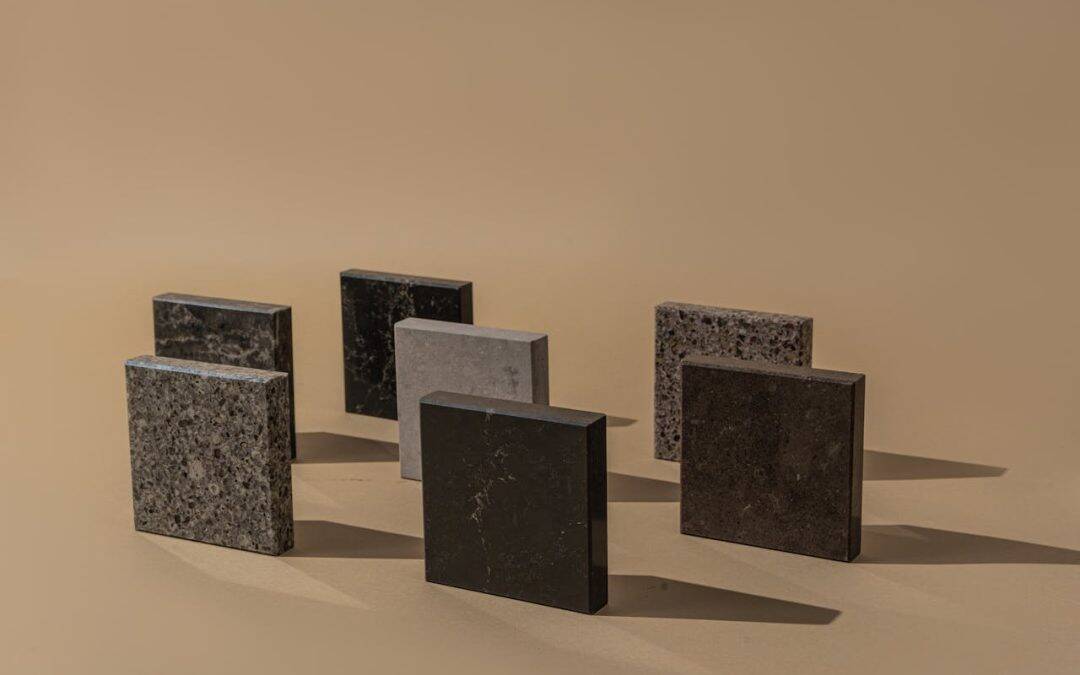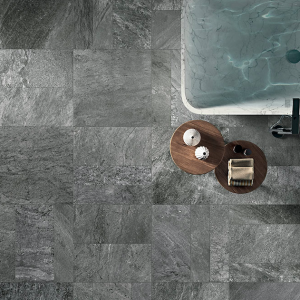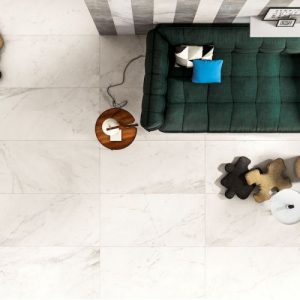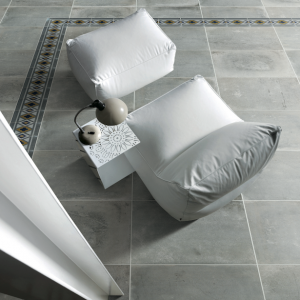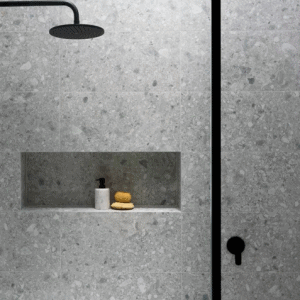While shifting tiles by half is common, the 1/3 rule creates a truly beautiful finish.
As discount tile specialists, at Tile Clearance Outlet we know the tile you choose is important, but how tiles are laid also matters.
The 1/3 rule
This laying pattern sees each new row of tiles placed 33% across—meaning the left edges of the tiles in a row begin a third across from the corresponding tiles in the previous row.
This way, the edges of the tiles and lines of grout are in a staggered diagonal pattern across the space, adding a touch of dynamic energy to the finished effect.
While the traditional 1/2 rule (where each tile row is offset by 50%) does break up the layout in a satisfying way, the 1/3 rule is worth exploring, especially with certain types of materials.
The 1/2 rule risks highlighting natural discrepancies in tile height and surfacing, as it can become obvious half of one tile does not visually match half of another.
What is lipping
Lipping, also known as lippage, occurs when you see and feel a difference in height between adjacent tiles. At its worst, lippage creates uneven and unsafe floor surfaces.
Be aware of the height and curve of the tiles under consideration. Some bend is normal, as most tiles have a certain curvature, but distinct changes between tiles risks a problem.
Take care with grout joint size, as too small or large potentially leads to lippage.
Lipping is more common in larger tiles, and is why the 1/3 rule is often favoured for these selections, as it helps make differences between each tile less obvious.
When to use the 1/3 rule
The 1/3 rule is great for larger tiles and rectangular tiles. Consider laying large porcelain tiles and wood look tiles this way.
If your interior kitchen and living space opens to an outdoor space, the 1/3 rule suits big rustic tiles flowing across interior and exterior areas.
Since the difference in heights will be less noticeable, the 1/3 rule can help offset minor warpage present in tiles.
Alternately, if you chose a tile for the striking surfaces, this option allows textural features to stand out, compared to the traditional 1/2 layout.
A useful pattern for bathrooms—especially shower interiors—but anywhere with large tiles or a lot of traffic can benefit from the 1/3 rule.
The visual finish of the 1/3 rule is arguably more artistic than the 1/2 rule.
For those who want a stylish tile layout without going into more daring patterns, the 1/3 layout could be the perfect fit.
The best finish
Being leading providers of discount tiles in Perth WA means we understand what West Australians are looking for when choosing the perfect tile, and tile layout.
The design and pattern you select is an important part of the process. The 1/3 rule helps upstyle an interior space by showcasing the beauty of your tiles.
For queries about our online range of discount floor tiles in Perth, take a look at our FAQs, or contact us.


